Have you ever wondered, “How much emergency food should I stockpile?” It’s a vital question, one that can ensure your peace of mind and well-being during unexpected situations such as natural disasters, pandemics, or even personal financial crises. Let’s walk through the essentials to help you determine the right amount and types of emergency food you should keep on hand.
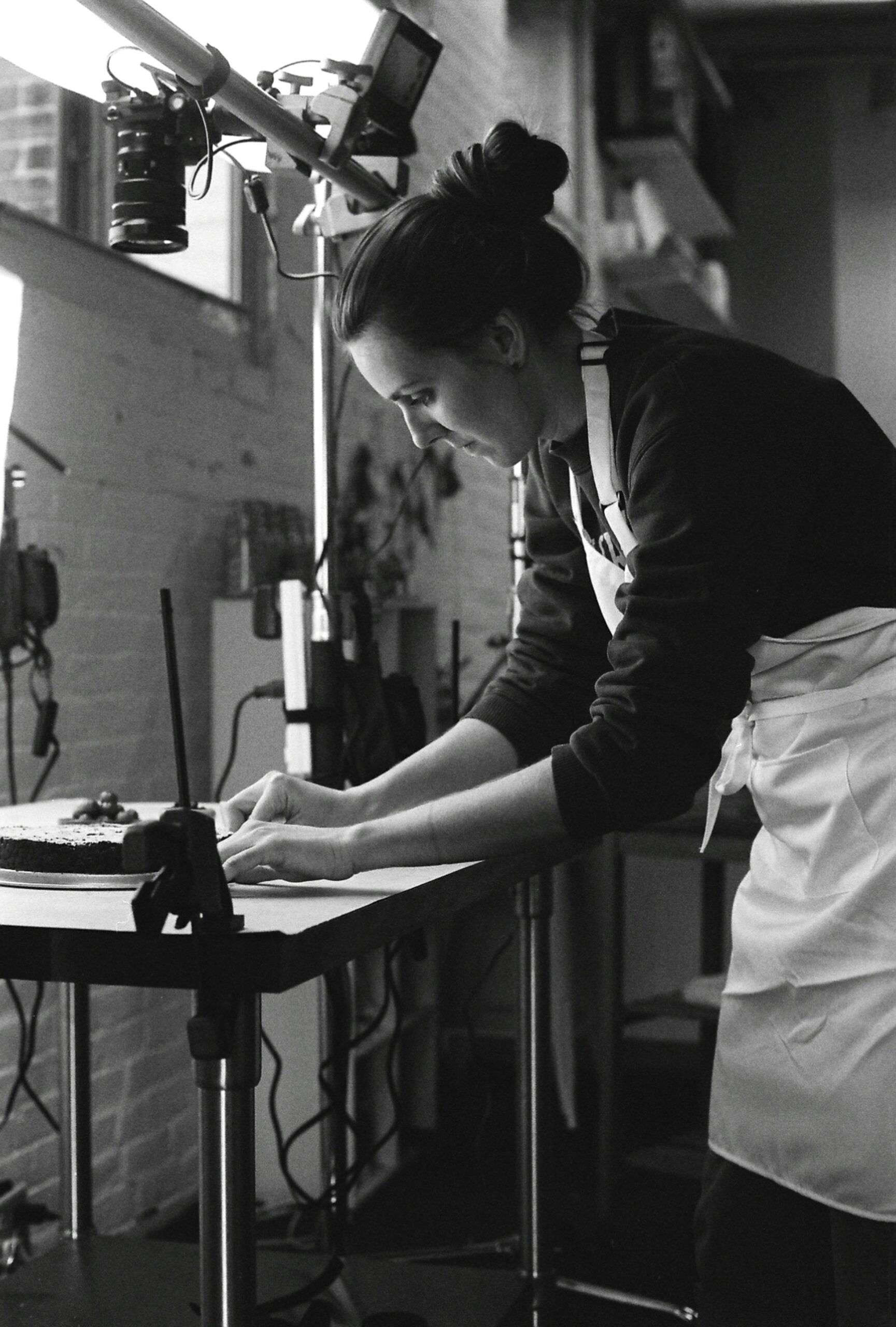
Understanding the Importance of Emergency Food Stockpiling
Emergencies are unpredictable by nature. Having a reliable stockpile of emergency food ensures that you and your loved ones don’t have to worry about meals when things go wrong. Food shortages can happen quickly, making last-minute grocery runs stressful or even impossible. Proper planning can alleviate some of these worries.
Factors to Consider When Stockpiling Emergency Food
There’s no one-size-fits-all answer to “how much food should I stockpile?” Multiple factors come into play.
Number of People in Your Household
The quantity of food you need will depend significantly on how many people you are responsible for. More people mean larger quantities.
Dietary Needs and Restrictions
Do you have any vegetarians or people with food allergies in your family? Make sure to include a variety of foods to meet everyone’s dietary requirements.
Duration of the Emergency
Consider how long you want your food supply to last. The Federal Emergency Management Agency (FEMA) recommends having at least a two-week supply of food and water. However, some experts suggest preparing for as long as three months.
Storage Space
Food takes up space. The amount you can realistically store might influence how much you ultimately decide to keep.
Shelf Life of Foods
Food longevity varies between types. Non-perishable items like canned goods have a long shelf life, while fresh foods do not. It’s essential to remember this when planning your stockpile.
Budget
Building a comprehensive emergency food supply can be expensive. You might need to spread your purchases over several months.
What Types of Food Should You Stockpile?
A good emergency food supply should include a variety of foods to meet nutritional needs and cater to taste preferences. Here are some categories and examples to consider.
Non-Perishables
These are your go-to foods in an emergency.
- Canned Vegetables and Fruits: Green beans, peas, peaches, and pineapple.
- Canned Meats: Tuna, chicken, and beef.
- Dried Goods: Pasta, rice, beans, and lentils.
- Nut Butters: Peanut butter or almond butter.
Snacks and Comfort Foods
Don’t forget morale-boosting treats.
- Chips and Crackers: Tortilla chips, saltines.
- Sweets: Chocolate, cookies.
- Nuts and Seeds: Almonds, sunflower seeds.
Beverages
Hydration is crucial.
- Water: Aim for at least one gallon per person per day.
- Juice: Boxed or canned varieties are best.
- Bouillon Cubes: For added flavor to meals.
Specialty Items
Consider stocking these if they apply to you.
- Infant Formula: If you have a baby.
- Pet Food: For your furry friends.
- Dietary Supplements: To ensure you get the necessary nutrients.
Emergency-only Items
Items specifically designed for emergencies.
- Freeze-dried Meals: Long shelf life and easy preparation.
- Meal Replacement Bars: Compact with essential nutrients.
- Emergency Food Rations: High calorie and nutrient density.
Calculating Your Emergency Food Stockpile
Now that you have a sense of what to stockpile, let’s talk numbers.
Basic Calculation
Start by estimating the daily caloric needs for each individual. On average, adult women require about 2,000 calories daily while men require around 2,500. Children’s needs vary by age.
Here’s a simple table to get you started:
| Group | Calories Per Day | Number of Days | Total Calories Needed |
|---|---|---|---|
| Adults (Men) | 2,500 | 14 | 35,000 |
| Adults (Women) | 2,000 | 14 | 28,000 |
| Children | 1,500 | 14 | 21,000 |
Multiply the total daily caloric needs by the number of days you’re planning for. This will give you an estimate of the total calorific requirements for your household.
Converting Calories into Food Quantities
Here’s how to turn those caloric values into actual food items. Assume you have the following foods:
- Canned Tuna: 100 calories/can
- Rice: 130 calories/cup
- Peanut Butter: 190 calories/tbsp
Using our example family:
| Food Item | Calories per Serving | Servings Needed | Total Amount Needed |
|---|---|---|---|
| Canned Tuna | 100 | 350 | 350 cans |
| Rice | 130 | 250 | 250 cups |
| Peanut Butter | 190 | 150 | 150 tbsp |
Multiply each item’s caloric content by the estimated servings needed to meet your total calorie requirement.
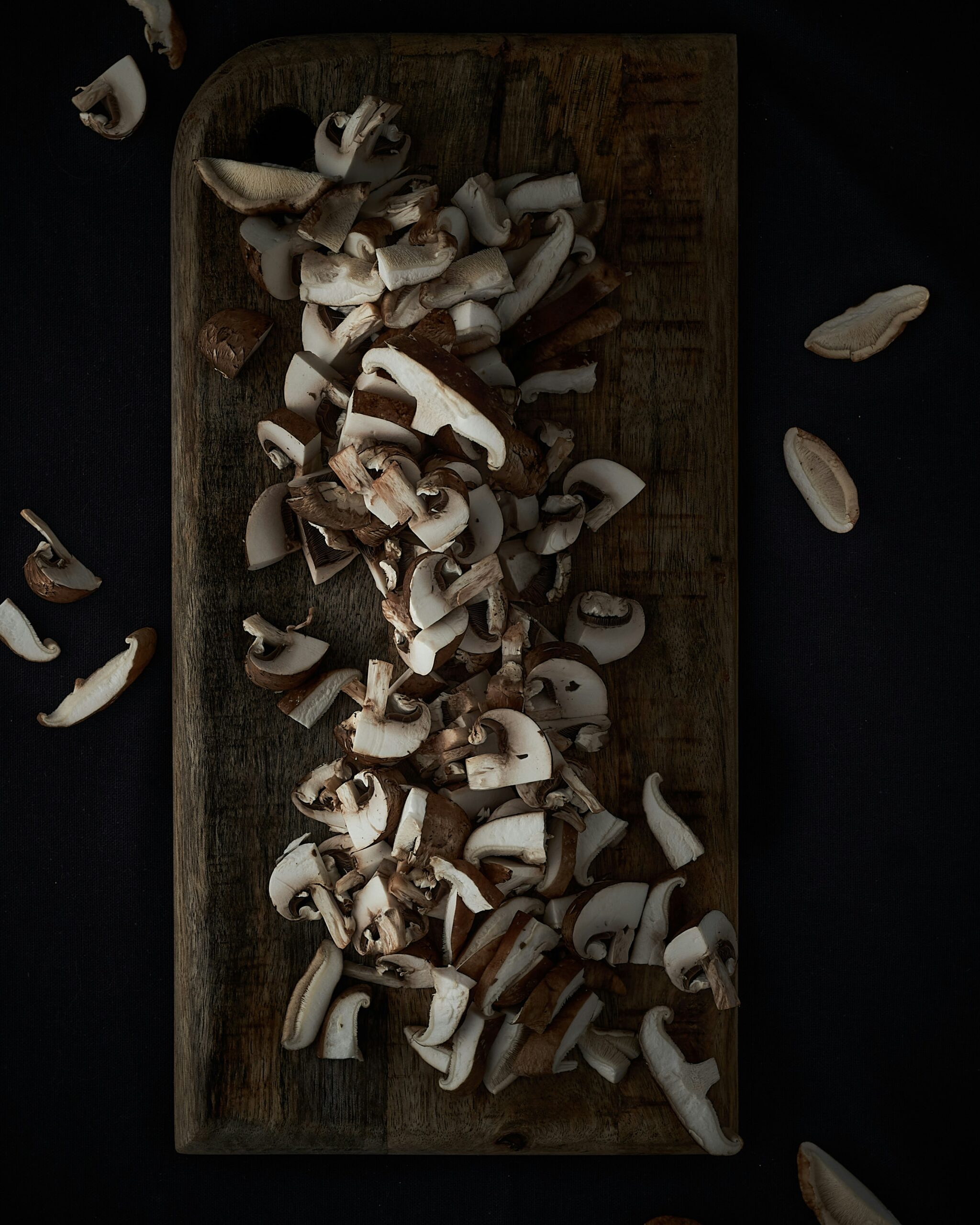
Storing Your Emergency Food Stockpile
Storage Areas
A cool, dry, and dark place is ideal for storing food. Basements, utility rooms, or dedicated pantry spaces are good choices.
Rotation Strategy
Use the FIFO (First In, First Out) method to manage your supplies. This ensures that older items are used first, minimizing waste from expired products.
Packaging
Consider vacuum-sealed bags or airtight containers to extend shelf life. Label all items with purchase dates, and keep an inventory list.
Replenishing Your Stockpile
Keeping your stockpile in good shape means regularly replenishing items that have been used or have expired. Schedule regular checks—monthly or quarterly—to stay on top of your supplies.
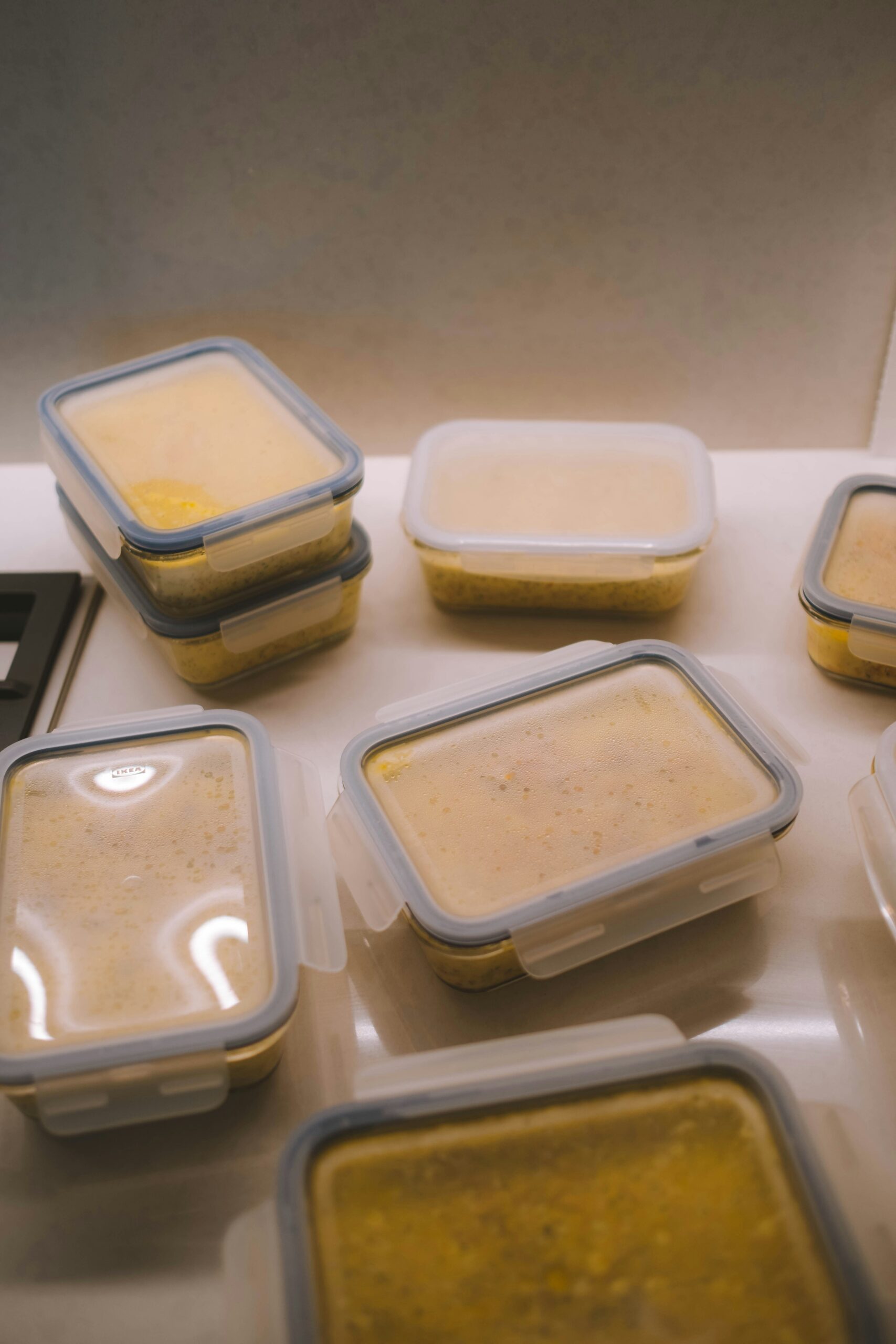
Tips for Buying Emergency Food Stockpile
Buying in Bulk
Purchasing items in bulk can be cost-effective. Membership clubs like Costco or Sam’s Club offer bulk buying options that are economical.
Seasonal Sales
Taking advantage of seasonal sales and coupons enables you to buy more for less. Shop during holiday sales for staples like canned goods.
Expanding Gradually
Building your stockpile gradually keeps it manageable and budget-friendly. Adding a few items to your weekly shopping list can add up quickly without overwhelming you financially.
Additional Considerations
Water Supply
Water is crucial. It’s recommended to have a three-day supply per person as an absolute minimum but aim for a two-week supply when possible.
Cooking Fuel
If you rely on electricity for cooking, consider alternative cooking methods such as a camping stove or a barbecue grill, and stock up on the necessary fuel.
Special Nutritional Needs
Don’t overlook special dietary needs. Ensure you have appropriate food options for babies, elderly family members, or anyone with specific dietary restrictions.
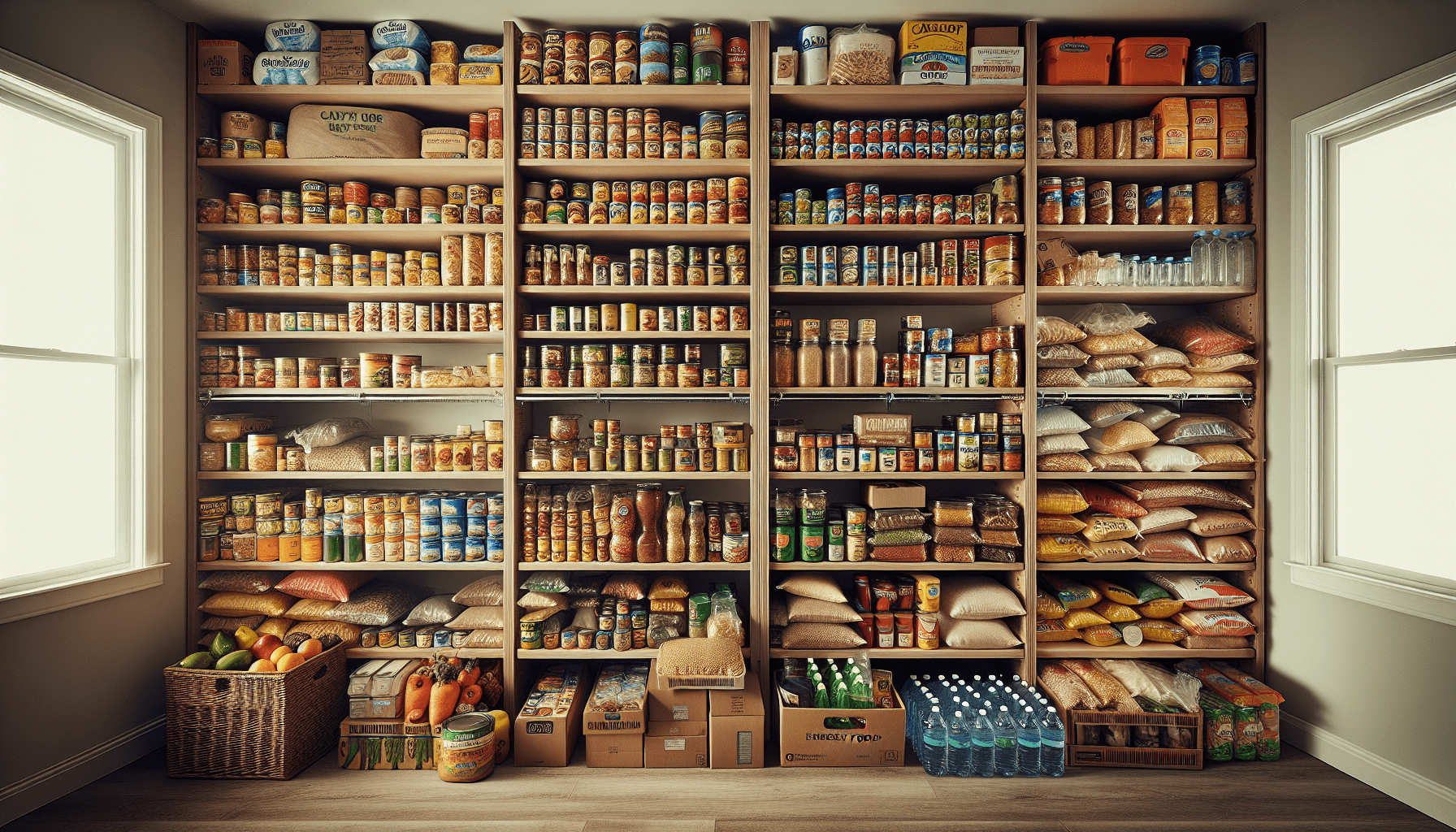
Emergency Food and Nutrition
Balanced Diet
Opt for a balanced selection of carbohydrates, proteins, fats, vitamins, and minerals to keep everyone healthy. Variety helps maintain morale and health.
Portion Control
Be mindful of portion sizes to make your food last longer without compromising on nutrition.
Emotional and Psychological Aspects
Comfort and Familiarity
During emergency situations, familiar foods can be soothing and comforting. Include family favorites even if they aren’t the most nutritious options.
Mindfulness and Stress-Eating
It’s natural to want to snack more when stressed. Having a variety of snacks can be helpful, but remember to pace consumption.
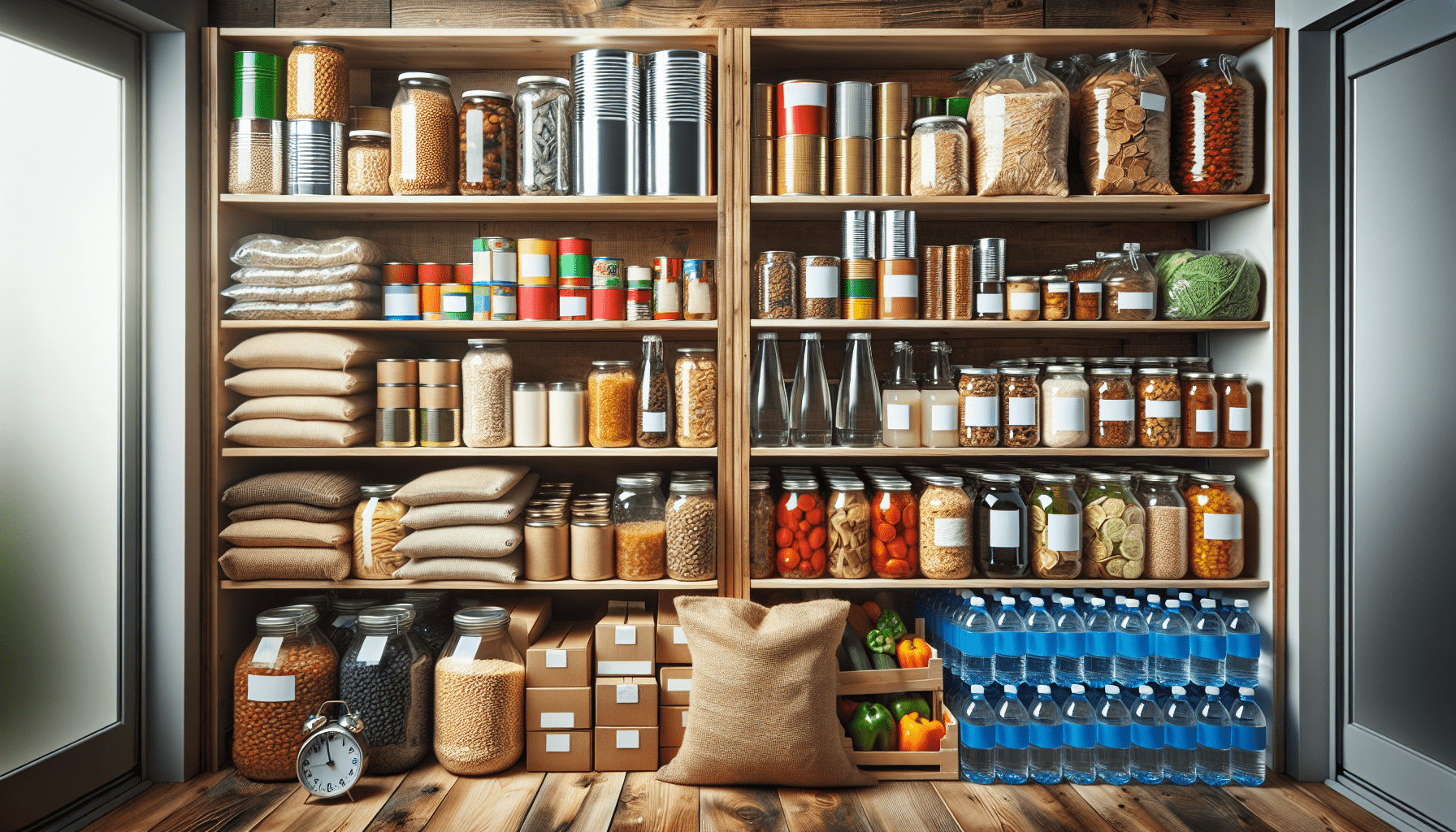
Frequently Asked Questions (FAQs)
How Long Does Emergency Food Last?
Most canned goods and non-perishables will last between one and five years if stored properly. Freeze-dried and specially prepared emergency foods can last up to 25 years.
Can I Include Fresh Foods in My Stockpile?
While fresh foods are less practical for long-term storage, having a small amount of fresh produce is beneficial for short-term emergencies.
What If I Have Limited Storage Space?
Prioritize high-calorie, compact foods like meal replacement bars and freeze-dried meals. Using every nook and cranny creatively, such as under beds or in closets, can also help.
In conclusion, the right amount of emergency food to stockpile varies based on several factors including the number of people in your household, dietary needs, and space availability. Aim to prepare for at least a two-week emergency, consider the types of food that will meet everyone’s needs, and don’t forget about water and cooking fuel. Regularly check and replenish your stockpile to ensure that it remains viable when you need it most. By planning wisely, you can create a comprehensive and effective emergency food supply that offers you both sustenance and peace of mind.

